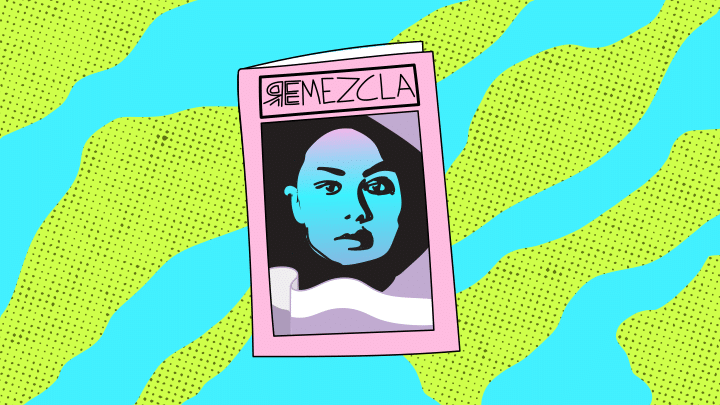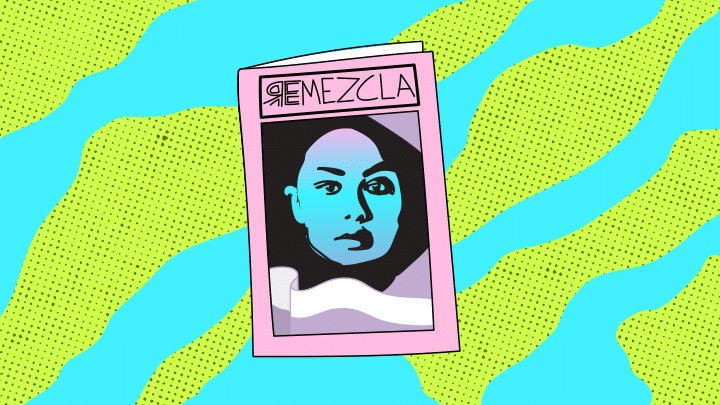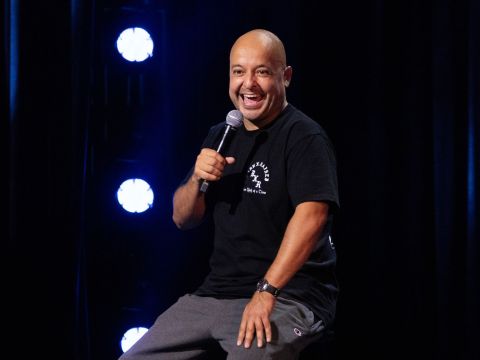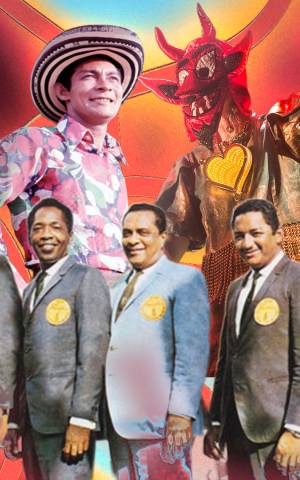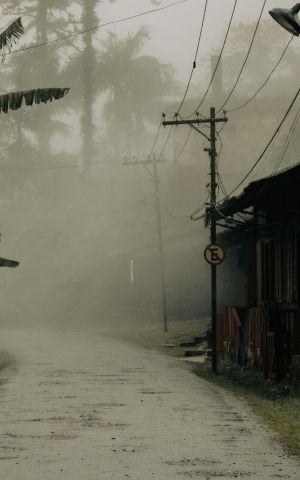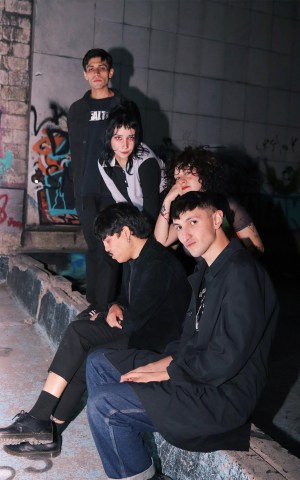Infamously known for Zika outbreaks, open air crack cocaine markets (“cracolandias”), drug turf wars, poverty, and chaos, Rio de Janeiro favelas are haphazardly sprinkled on the city’s surrounding mountains and house the majority of its population. The banal stereotypes the media perpetuates of Rio’s favelas as crime-ridden places are upheld by wealthy and middle class Cariocas (Rio de Janeiro natives) who consider favelas an eyesore. Few acknowledge the emotional and psychological toll violence, crime and lack of economic support have on the 1.4 million people that live there.
Enter Felipe Dana, an AP photographer and photojournalist from Rio de Janeiro. In his recent photography project, Covering Rio Violence, he exposes the complexities of living in a Rio favela and the trauma surrounding it. In this series, his striking photographs capture the violent aftermath of turf wars in favelas that have been “pacified” by the police, armed teenagers dressed in shorts and chinelos (flip flops) assuming their role as security guards, and the fervent evangelical pastors attempting to “save” them. The images show how pervasive yet how normalized violence is to favela dwellers.
As Dana states on his website, he has been exposed to the city’s endemic violence since he was a kid. His photographs represent the contradictions of Brazilian society by uncovering the gritty reality of urban life for the “other Rio”. By photographing beauty in the plight, such as stunning portraits of drug addicts in a Rio cracolandia in his series, Crackland Portraits, or impassioned soccer matches in favelas in Soccer is Everywhere, he humanizes the favela experience.
